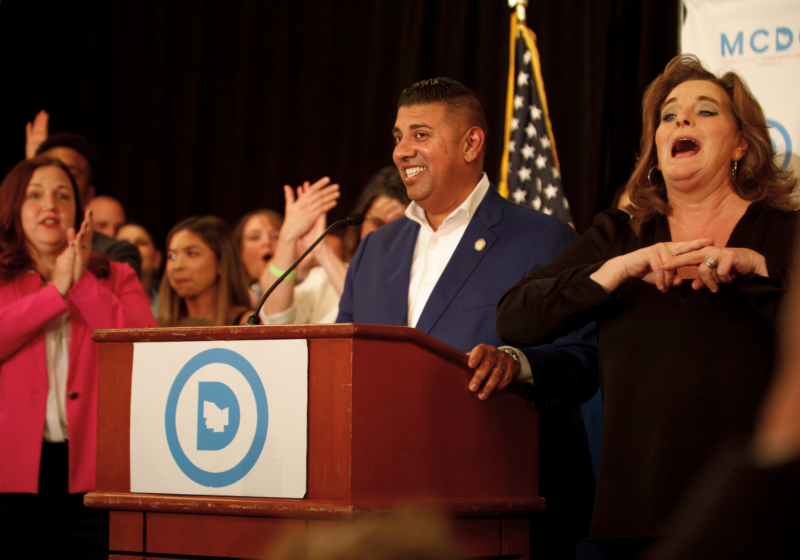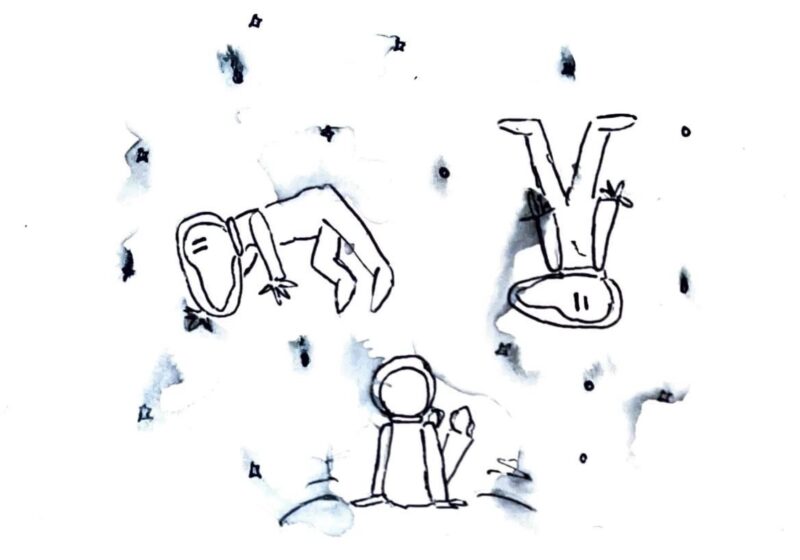It is difficult to stand in opposition to something that is relatively ill defined. There exists only a vague notion of what President George W. Bush’s Social Security privatization scheme actually entails.
Those writing the article in opposition to mine offer that they are in favor of some form of personal retirement accounts or privatization. Their primary justification is that if monies were to be invested, there would be higher rates of return than those offered by governmental bonds, which is where the current social security surpluses are invested. Tangents aside, I will attempt to tailor my response primarily in refutation of this particular argument.
It is odd to say that we should invest monies into the stock market because there are no monies. Social Security was a pay-as-you-go system until 1983, when a commission led by Alan Greenspan recommended to the President that amendments be made to increase Federal Insurance Contributions Act taxes and the percentage of benefits which were taxable. This action was taken to ensure solvency by accumulating funds for a period to account for demographic shifts caused by the baby boom generation. Those funds were invested in government bonds. However, by 2018, those funds will begin exponentially diminishing and by 2042, will be eliminated. This leaves the longest period of investment at 37 years if we started today, while the vast majority of funds would be invested for a shorter period of time.
Presumably, any privatization scheme would require that individuals take all or a portion of the money that would normally go directly to outflows, or to the trust fund until 2018, be invested according to the wishes of the beneficiary. If we maintain the current system after 2042 there will be a zero rate of return for those paying into the Social Security system. So, those in favor of privatization will always win in that their rate of return will be higher.
However, there is no free lunch. The tradeoff will be massive accumulation of government debt in order to pay the current beneficiaries while future beneficiaries accumulate investments. Such a massive new debt would probably put upward pressure on interest rates which puts us deeper into the red.
The solution offered to this problem would be to tax the return on investments received by the personal retirement accounts, which to an extent eliminates the justification for their creation in the first place.
At the same time, the U.S. debt is increasing at an incredibly rapid rate — add on to that the projected shortfalls of Medicare and Medicaid which far eclipse the Social Security problem and you’ve got yourself a real crisis.
Now, some of your economics professors will give you a lot of theoretical reasons for why it doesn’t matter how much debt we accumulate — I’ll eat these words later for they are far more knowledgeable than me – but most of their arguments don’t consider currency markets. With the rise of a competitive currency in the Euro and the unpredictable fluctuation in the comparative value of the dollar, combined with the massive accumulation of dollars abroad, it is not hard to see why The Economist magazine has said that the dark horse of American economic success is the strength of the dollar.
Fiscal responsibility at home is absolutely essential to ensuring that there is a healthy dollar.
Having a stable dollar is essential to a healthy economy domestically and abroad. If we hurt our economy, and therefore the stock market in order to allow people to invest in the stock market, then everyone loses.
Another problem with privatization is that it would represent a massive, unprecedented public investment into the private sector.
If you thought the special interests already controlled Washington, just wait until you see what happens after you increase their vested interests in the actions of politicians.
Try to convince me that individuals will have autonomous control over their accounts and I will laugh in your face. If not now, somewhere down the line, the government will invent a bureaucratic structure to manage which investments individuals are allowed to make. This makes the government a chooser of winners and losers.
It has already occurred in the California Public Employees’ Retirement System where the administrators have devoted themselves to favoring investment in corporations which demonstrate a degree of corporate social responsibility. The ideas which could lead to such a problem have already been proposed in the form of insurance mechanisms.
Either we insure the system by compensating people when they have poor returns thereby encouraging more risky investment or we insure the system by limiting what investment options are available. Either way is problematic.
It is clich to say the devil is in the details but that is where most of the problems will lie.
What we know for certain is that the administrative costs will be greater under the privatization scheme. The debt will be increased to an unimaginable extent. The corporations will have a field day dividing up the spoils and bribing politicians for new ones.
We will have done all of this for very small and potentially negative rates of return after we subtract the taxes on benefits, the interest on the debt accumulated and the increase in administrative costs from the benefits associated with privatization.
Morosi can be reached at mmorosi@campustimes.org.



